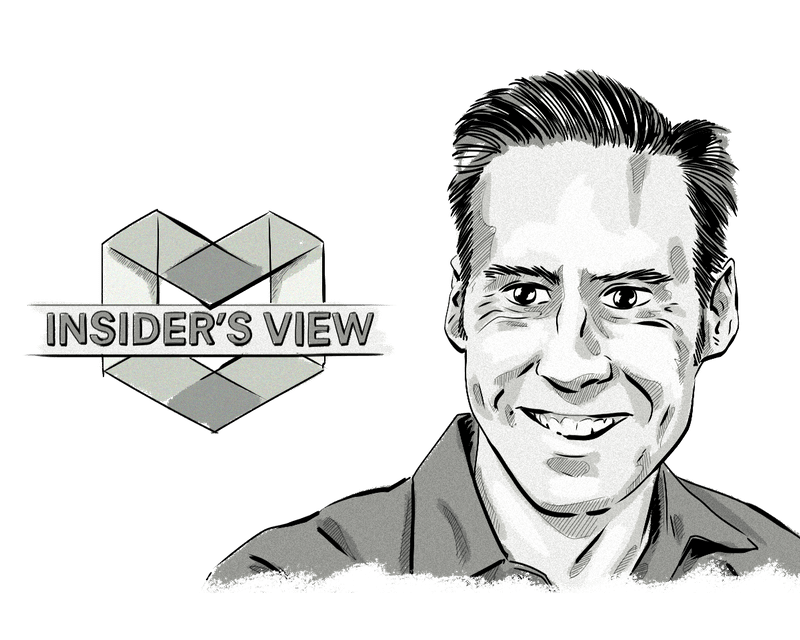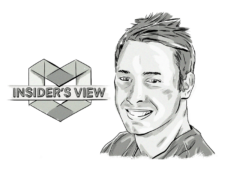A lot has changed in online advertising and marketing over the past decade, so who better to talk to about the changes, challenges, and trends of these 2 industries than Robert Brill from BrillMedia.co.
During Robert’s 13+ years in digital advertising, he’s seen it all – from the birth of social media to the rise of programmatic media buying.
You can connect with Robert on LinkedIn and follow him on Twitter.
1. Can you tell us a bit about your background and expertise in the Ad Tech/MarTech industry?
I spent 13 years in the digital advertising space starting with digital media strategy and then moving into digital activation. In 2010 when programmatic advertising became important to our clients and our business I took an active role in developing programmatic solutions.
My expertise is using demand-side platforms (DSPs) to buy advertising space and set up smart testing strategies while at the same time optimizing for performance and ensuring the numbers tell a business story.
We combine precise audience data points, over a hundred ecosystem partners, and smart algorithmic optimization solutions for advertisers. Additionally, with my background in digital strategy I provide clients with oftentimes holistic digital marketing solutions.
2. What specifically does BrillMedia do and how does it fit into the larger online advertising/marketing picture?
BrillMedia.co partners with multiple demand-side platforms and influencer-marketing platforms to activate digital media for clients. We provide the same powerful digital marketing capabilities that large agencies provide their clients and we make them available to small and mid-sized markers.
We serve large enterprise marketers by developing holistic programmatic solutions. Large marketers often have programmatic solutions already in place so a lot of our work is refining the current relationships and helping them work smarter with existing partners. We bring together groups of specialists to provide an outside and unbiased point of view about pricing, optimization, workflow and an overarching media strategy. Of course, if a client wants us to build a programmatic solution from scratch, we do that too.
3. What have been some of the biggest changes in online marketing and display advertising that you’ve seen over the past 5-10 years?
The marketplace changes every 3 to 6 months. There are new solutions, new players and new opportunities for innovation. So I’ve been working with social media before it was social media, then the evolution of MySpace and then ultimately the dominance of Facebook.
I have also seen the rise of mobile. Every year for the last five years has been “the year of mobile”. We are definitely in the period of mobile and that’s not going anywhere anytime soon. In 2017, three fourths of the $32B programmatic spending is expected to run on mobile devices.
I’ve watched as ad networks were created then competed with ad exchanges, and were then overthrown by the programmatic ecosystem. Some adapted very well and others fell by the wayside.
I think one of the most stunning evolutions in the space is really the ability for large enterprise marketers to take their media buying capability in-house. Usually that was reserved for the largest marketers and the exceptional advertiser. Today, there are some distinct advantages to buying in-house rather than outsourcing that function.
4. As someone who works with large marketing organizations and ad agencies, what are some of the biggest challenges they face currently?
The biggest challenge is the complexity and the sophistication of the marketplace. Sophistication is fantastic because it gives every player a unique and distinct ability to create unique solutions. The complexity makes it immensely confusing and the fact is there are still challenges around baseline marketplace knowledge, terminology, purposeful obfuscation, viewability, fraudulent traffic, and brand safety. Those all need to be addressed and each marketer must create their own unique set of enterprise solutions to handle those issues in the best way possible.
With such a complex ecosystem we’re in the stage where organizations are taking a much more hands-on approach to ad buying. Between agencies, advertisers and outside partners there’s an opportunity for obfuscation, and where there is confusion there is often room for profit. So, it’s very important for large marketing organizations that want to go on the programmatic journey to deploy smart programmatic teams in-house, even if they don’t do the trading directly in-house.
5. In your opinion, what trends do you think we’ll see in Ad Tech/MarTech in 2017?
We’re seeing consolidation. Adobe just bought TubeMogul and earlier this year Krux was bought by Salesforce. We’re seeing that big companies, whether they’re outside players or part of the ecosystem, are scooping up solutions. They are building marketing stacks to compete with Google and Facebook. Facebook bought Atlas as an ad server so they could build an ad network.
I think the other big evolution is the creation and the ability to run not simply cookie-targeted or device-ID-targeted campaigns, but people-based campaigns. Using lists of people who we know are our past customers and interested parties, we can target really precise groups of people by connecting these lists to user IDs. These users can be email subscribers, buyers, people requesting more information, etc.
The targeting can already be done in Facebook and Google, and we’ll be seeing more publishers make this type of targeting available. This is a big leap forward for marketing. There is also a continuing pursuit to self-service innovation. To me, that looks like a pursuit to market parity, further giving small marketers powerful marketing tools traditionally available to large enterprise marketers.
Recently, Facebook made available engagement targeting, which lets us run campaign targeting that has been similar to capabilities in demand-side platforms for years. For example, remarketing to users who have seen at least 50% of a video ad has been available in TubeMogul for many years. So, we are seeing a boom in self-service marketing options available to smaller marketers. I think this leads to opportunities to service the 30MM small business marketers who will want to learn how to leverage these powerful targeting capabilities.








